When reading Irish hagiography,
a few instructions should be borne in mind:
First, don’t mistake this for the history
you’ve read before, or might expect to find
in some thick tome. There’s hist’ry here, of course—
somewhere, I’m sure—but it is not the kind
you read in high school, which is so much worse
than what you will encounter here. Because
these writers had as much delight in verse
as narrative; they followed other laws
of composition, and sought other ends
than just recording all the feats and flaws
of some once-well-known saint. Each story wends
its way, through miracles and other acts
of pow’r, toward a higher goal, which lends
an air of myth and tale to any facts
which lend the story credence. Second, set
your mind to focus on all that attracts
you to the subject of your reading. Let
his moral excellence, his holy zeal
or rigorous austerity beget
in you a longing for a faith more real
than what you know at present. If you do
this, then these holy stories may reveal
a need within your soul for something new
or more adventurous; or else some lack
of trust preventing you from knowing true
religion. Last: These writers will fall back,
from time to time, on gross hyperbole.
Resist the inclination to attack
their honesty or credibility.
Suspend all disbelief; suppose it so.
That twinkle in the writer’s eye you see
is just the way these writers let us know
how loved, how holy, how revered, how blessed
and glorious their subjects were. And though
these writings surely could not pass the test
of history, we must believe that there
is something here for us to learn. Arrest
your doubts, let in a little Celtic air
and charm; and read these stories, if you dare.
T.M. and Susie Moore make their home in the Champlain Valley of Vermont. He is Principal of The Fellowship of Ailbe, and the author of 8 books of poetry. He and Susie have collaborated on more than 30 books, which may be found, together with their many other writings and resources, including the daily teaching letter Scriptorium, at www.ailbe.org.



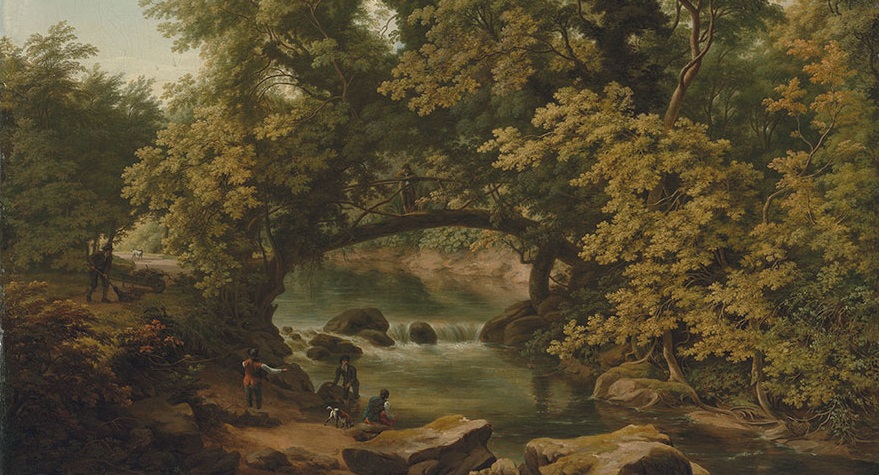
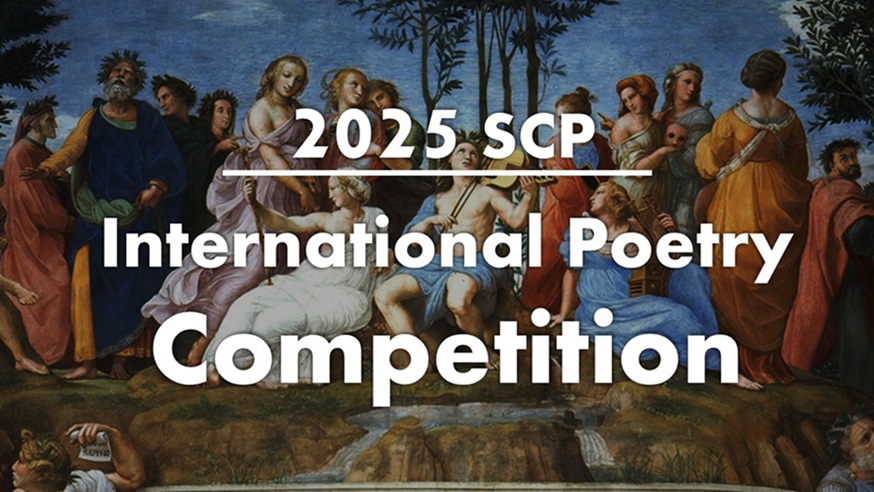
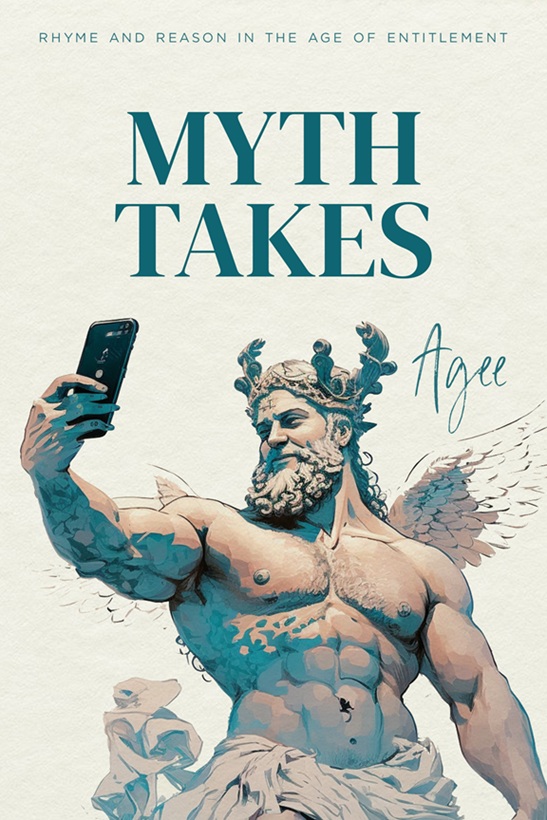


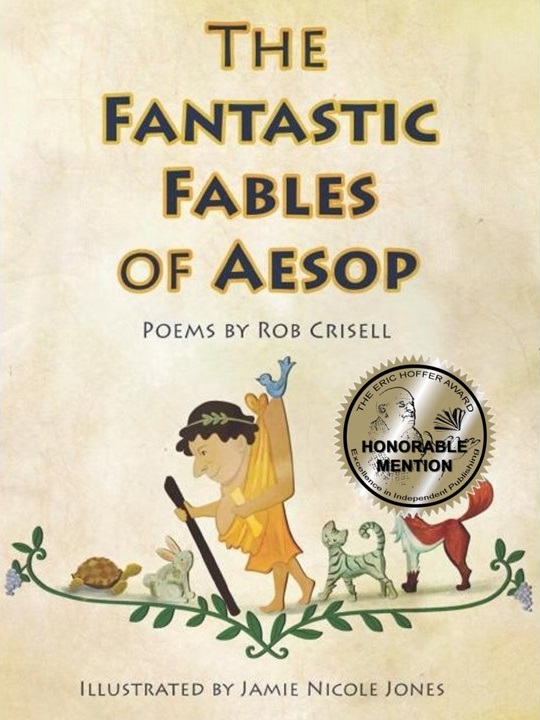
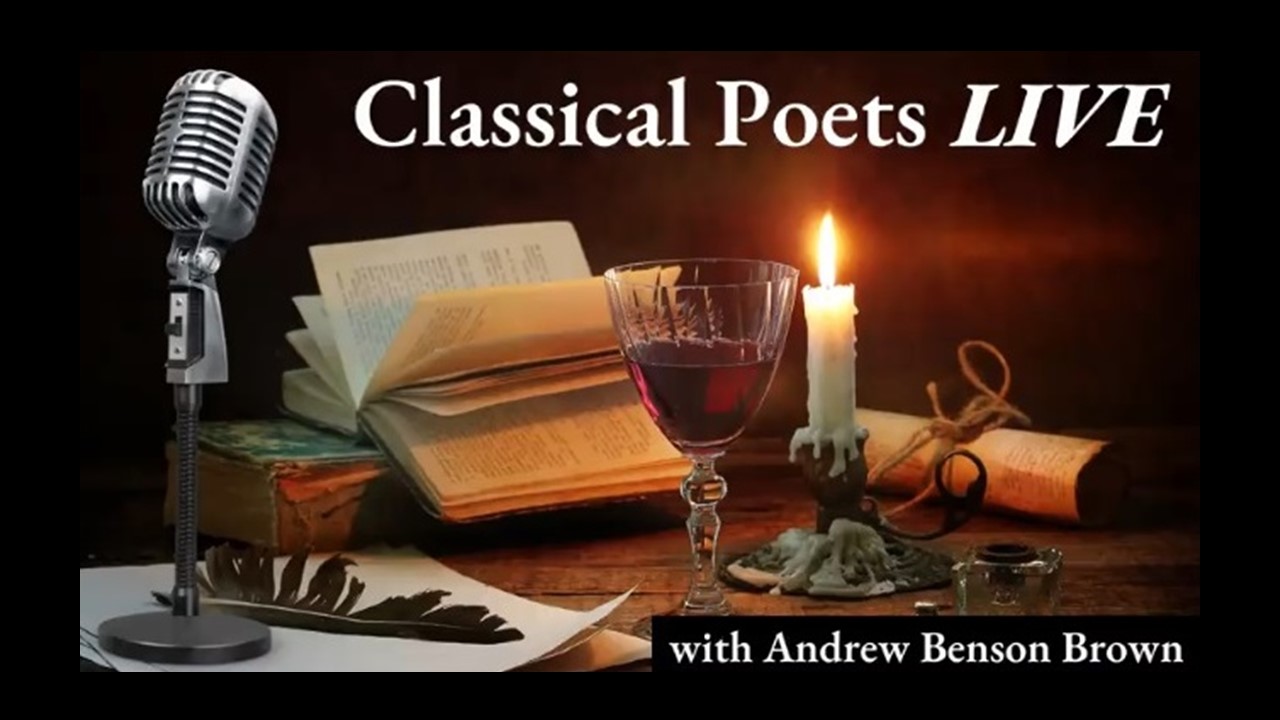

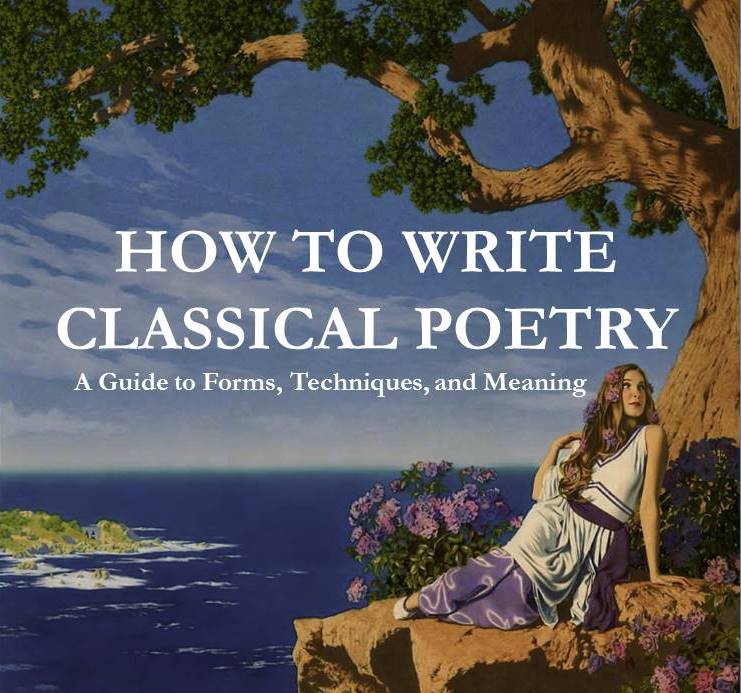




So, so true, T.M. The Irish still love a good story, both for the amusement it brings and the truth it contains. As you say, we miss the point entirely if we sift for historic fact, alone.
The treasure is to be found in the hope, the uplift, and the inspiration that flows when the stories and visions of the saints are set in a world filled with mystery and power—stories that continue to imbue countless lives with meaning and purpose today. The early Irish-Christian embrace of this cultural ethos was misread as synchronism by Rome (including the inclusion of women in leadership and the image of God/Christ as the High King).
Your terza rima verse captures this with an almost teasing whimsy that invites us to taste and see the ways that Celtic Christianity can help each of us to reimagine and refresh our own life and faith. Your poetry is good, of course, which allows the message to be heard without being distracted by bad form.
I encourage any who may be interested in exploring further to Google the “Community of Ailbe” and visit the site.
James:
Thanks for the Ailbe shout-out, and the encouragement regarding the verse. Thomas Cahill wrote “How the Irish Saved Civilization” to tell this too-neglected story, and it’s even more glorious and edifying than his account reports. Central to my calling in life is to bring the legacy of that period to the attention of our generation. Blessings.
Immaculately written, TM (as one would expect from your hand); and a thoughtful concept for the poem’s subject. Inhale the Celtic air, indeed.
Thanks, Monty.
I’m sure you’ve heard the tales of St. Brendan — they’re amazing! And I was once informed by a person of Irish descent that St. Declan preceded Patrick. Her firstborn she named after the former.
Declan, Ailbe, Iubar, and Ciaran of Saighir are mentioned in the first Life of Ciaran as the only faithful ministers in Ireland prior to Patrick. Brendan fl. about 130 years after them. Great stuff. I’m working on casting their lives into verse to bring them to the present generation, since no one will be reading Plummer’s Lives any time soon. The poem above is part of the introduction to this work, which begins with the Life of Abban.